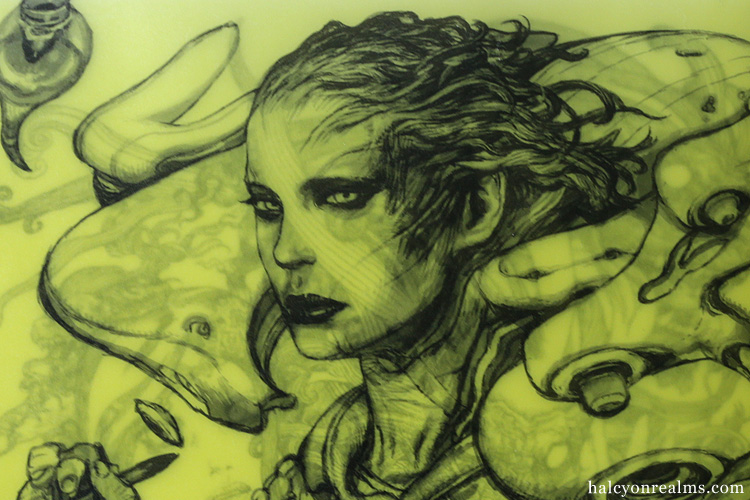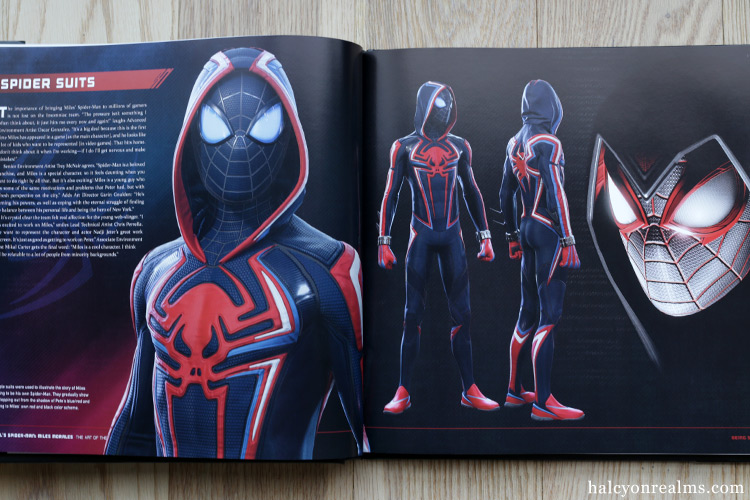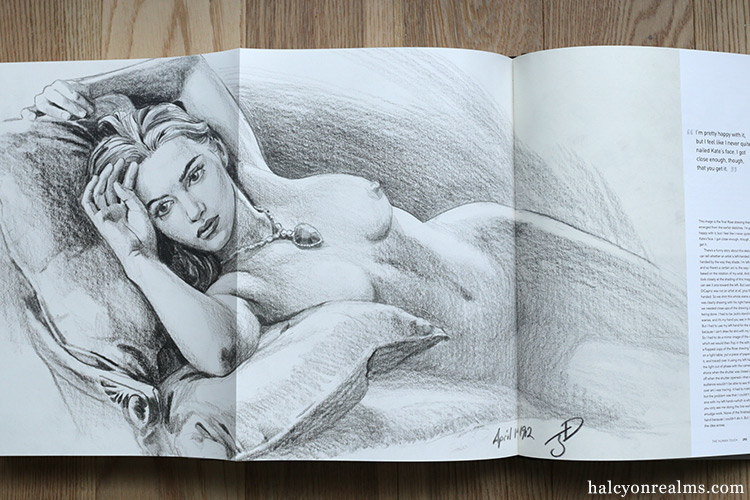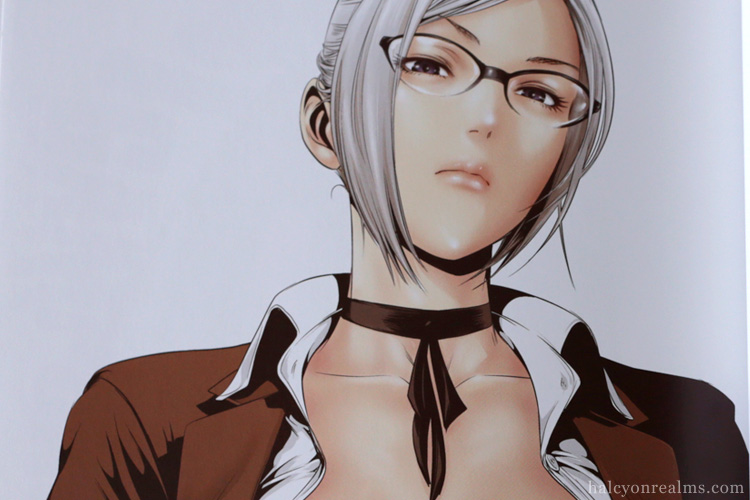Some time back in March 2023 I came across this anime clip of the hugely popular 90s anime/manga series Ranma 1/2 (らんま 1/2) on my twitter timeline. The animation is charming as expected, and I assumed it was just a short clip from the original 2D anime series until I saw the hashtag #B3D, which is a shorthand for the open source 3D animation software Blender. Check it out below –
????????#b3d pic.twitter.com/yAoSpP9NI1
— ??? (@giwono0708) March 18, 2023
WHAT ??!! In my initial shortsightedness and biase I could not believe that this was indeed made with CG, but after a few repeated viewings I could start to see some telltale hints of CG that convinced me it is true, and I could not be more impressed. Still not convinced ? Here’s the proof ( 2nd clip below ) –
?????????? pic.twitter.com/oHzIRH4lq4
— ??? (@giwono0708) March 20, 2023
The animator/artist who made this goes by the handle Ogino (オギノ) on twitter, and he/she is a true auteur at work. The artist understands the workings, techniques and rules of animation deeply; the framing, the dynamic camera angles; moves, the barely perceptible but super expressive smudge frames that subliminally register in your brain to convey movement, all executed with aplomb. What’s more, the subtle chroma aberration video filter applied gives the finished work the verisimilitude of good old anime delivered on VHS tapes. Very, very good stuff.
After sharing the clip on my twitter feed, there were some discussion on the relevance of doing something in CG that can be easily achieved with 2D animation, and my personal take is that both are just different tools/ways to tell stories, and if they can help to enpower animators or filmmakers more, then surely that is a good thing.
1

 Tatsuyuki Tanaka’s Flipbook Animation
Tatsuyuki Tanaka’s Flipbook Animation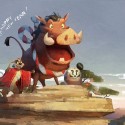 2019 – Year Of The Boar Illustrations
2019 – Year Of The Boar Illustrations AKIRA Animation Cel Art Exhibition Coming Soon
AKIRA Animation Cel Art Exhibition Coming Soon AKIRA Animation Cel Art Exhibition
AKIRA Animation Cel Art Exhibition GODAIZER Animation Short Singapore Premier
GODAIZER Animation Short Singapore Premier



